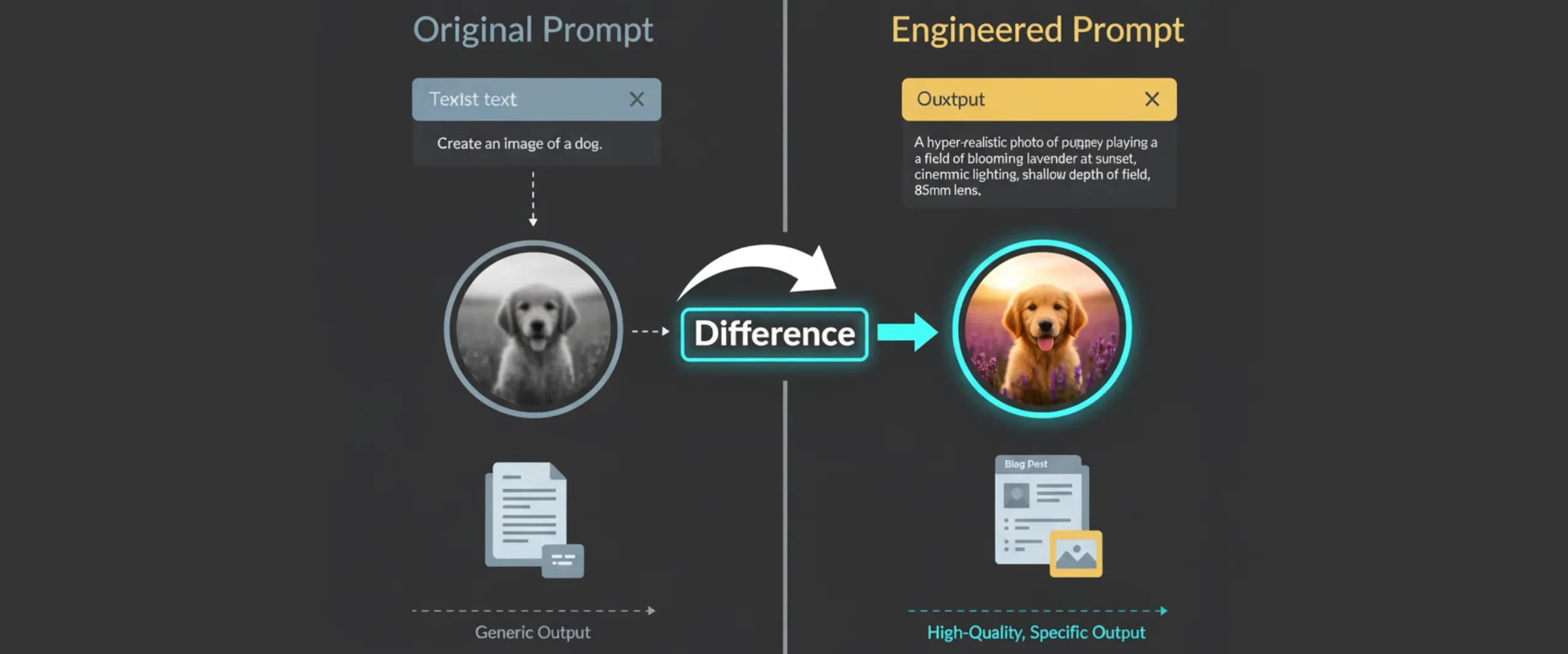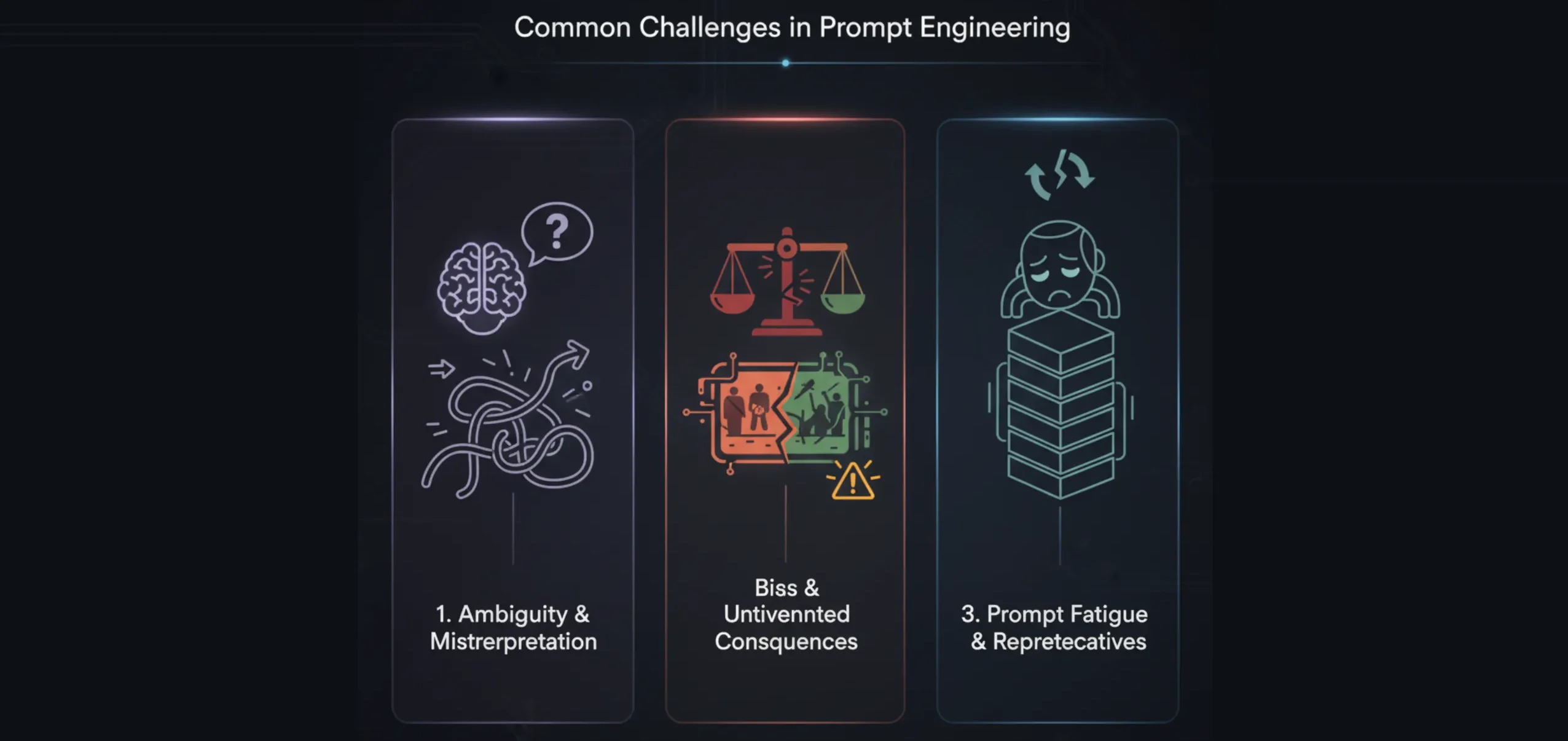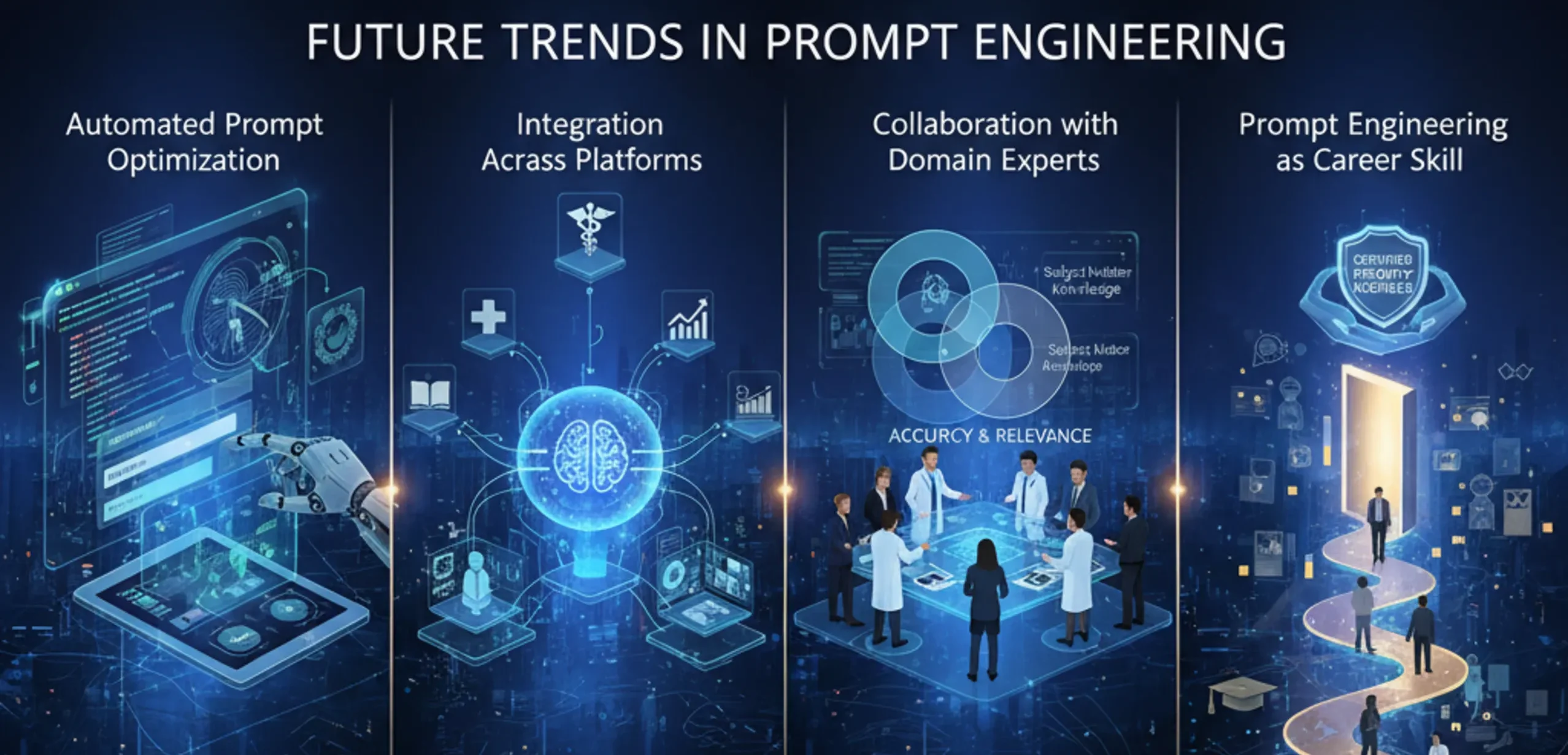Unlock the Power of Prompt Engineering: Elevate Every AI Conversation
Imagine a world where AI understands your intent as clearly as a seasoned colleague, consistently producing responses that surprise and delight. This isn’t the future—it’s happening now, thanks to the fast-evolving field of Prompt Engineering. With businesses and individuals harnessing the full potential of AI, mastering effective prompt creation is the secret ingredient for unlocking truly impactful interactions. Whether you’re an entrepreneur, marketer, or casual AI user, understanding how to shape powerful prompts will transform the way you communicate with AI models—and ultimately, shape your results.
What is Prompt Engineering?
Prompt Engineering is both an art and a science, focused on designing input instructions (prompts) to guide AI models toward producing useful, relevant, and predictable outputs. At its core, it’s about crafting questions, scenarios, or directions that make artificial intelligence tools—like ChatGPT, Bard, or other large language models—work smarter for you.
Breaking Down the Basics
Let’s demystify what Prompt Engineering really involves:
- Writing clear, specific prompts to reduce ambiguity.
- Testing and refining prompts for accuracy and reliability.
- Analyzing AI outputs to iteratively improve your instructions.
- Applying a blend of language skills and technical understanding.
A well-constructed prompt doesn’t just influence the tone and style of the AI’s response; it determines how valuable and actionable that response will be.

Why It Matters in Today’s Digital World
With AI tools powering everything from chatbots and content creation to coding support and research, the effectiveness of each interaction depends heavily on the initial prompt. Consider this:
- 70% of AI-powered customer service improvements derive from prompt optimization (according to Gartner).
- Poorly written prompts often lead to off-topic, vague, or even biased outputs.
- Skilled prompt engineers ensure AI outputs are ethical, unbiased, and aligned with user goals.
Simply put, Prompt Engineering bridges the gap between human intent and machine understanding.
Key Principles of Effective Prompt Engineering
To consistently get the best out of AI conversation partners, it’s essential to follow proven Prompt Engineering principles. These tips will help you craft prompts that deliver more accurate, creative, and valuable results.
Clarity is King
Be explicit about what you want the AI to do. Vague prompts produce vague answers.
For example:
- Instead of : “Tell me about marketing,” try: “Provide a three-step marketing strategy for a small e-commerce business.”
Context Enhances Performance
Adding context—such as tone, audience, or format—brings precision to the conversation.
Example prompts:
- “Summarize the following article in bullet points for busy executives.”
- “Write a friendly email inviting parents to a school open house.”
Step-by-Step Instructions
Break down complex requests into smaller, actionable tasks. This helps AI to address each part effectively:
- “First, list common SEO mistakes, then suggest practical solutions for each.”
Iterative Refinement
Don’t settle for the first response. Tweak your prompt based on the AI’s output:
- Modify wording for clarity.
- Add constraints (e.g. word count, style).
- Request examples or additional details.
Systematic Experimentation
The best prompt engineers run small experiments to see how minor changes impact AI outputs. Try:
- Testing similar prompts with slight variations.
- Tracking which wording combinations yield the best results.
- Saving high-performing prompt templates for future use.
Examples of Powerful Prompt Engineering in Action
The best way to learn Prompt Engineering is by example. Here’s how optimized prompts can make a big difference across industries:

Marketing & Content Creation
- Original Prompt : “Write a blog post about healthy eating.”
- Engineered Prompt : “Write a 500-word, persuasive blog post on healthy eating aimed at busy professionals. Highlight three easy meal-prep tips and include a motivational quote.”
- Difference : The engineered prompt delivers a specific length, audience focus, and structure, making the AI’s output more actionable.
Programming & Technical Support
- Original Prompt : “Explain Python functions.”
Engineered Prompt : “Explain how Python functions work, using a simple real-world analogy. Provide sample code, and highlight the benefits of using functions in scripts.” - Difference : With clear direction and context, complex topics become accessible.
Customer Service & Chatbots
- Original Prompt : “Respond to a complaint.”
- Engineered Prompt : “As a support representative, draft a polite email apologizing for a delayed shipment, offer a 10% discount code, and reassure the customer their package will arrive soon.”
- Difference : The engineered prompt ensures the AI adopts the right persona and handles the complaint with empathy.
Common Challenges in Prompt Engineering
Even the most experienced practitioners face challenges when mastering this process. Recognizing these obstacles is the first step to overcoming them.

Ambiguity and Misinterpretation
AI models are powerful, but they lack the intuition of humans. Without clear, direct instructions, they easily misunderstand intent.
How to Overcome:
- Include necessary background information.
- Avoid double-barreled questions (e.g. “Tell me about sales and marketing”).
- Use simple, concise language.
Bias and Unintended Consequences
AI outputs can reflect biases from their training data or prompt wording.
How to Overcome:
- Request balanced or neutral perspectives.
- Prompt the AI to cite multiple viewpoints.
- Continuously review outputs for problematic language.
Prompt Fatigue & Repetitiveness
Copy-paste prompts tend to get stale, and AI can fall into predictable ruts.
How to Overcome:
- Refresh and vary your prompt wording.
- Experiment with creative phrasing.
- Occasionally change the task focus for variety.
Prompt Engineering Best Practices for Beginners
Whether you’re new to writing prompts or looking to fine-tune your approach, these best practices will accelerate your learning curve.
-
- Start Small, Then Iterate : Begin with a basic prompt and gradually add complexity or constraints as needed.
- Learn from Model-Specific Documentation : Each AI system (like OpenAI’s ChatGPT or Anthropic’s Claude) may respond best to certain prompt structures. Consult their official guides for tips and sample prompts.
- Practice Active Experimentation : Keep a running document of what works—and what doesn’t. This iterative, hands-on approach lets you refine your prompts efficiently.
- Use Prompt Libraries and Communities : Explore online communities, repositories, and libraries where users share high-performing prompts. Engage with the global Prompt Engineering community to gather inspiration and share your findings.
- Track Your Outcomes : Analyze AI responses for accuracy, relevancy, and tone. Adjust your prompt-writing style based on real results.
Advanced Prompt Engineering Strategies
Once you know the basics, consider these advanced strategies to level up your Prompt Engineering skills:
Chain-of-Thought Prompting
Guide the AI through a reasoning process by having it “think aloud.”
Example:
- “Explain how to solve the following math problem step by step. Show your reasoning at each stage before giving the final answer.”
This method encourages more logical, transparent responses.

Role-Based Prompting
Assign the AI a specific persona or role to shape its output.
- “As a seasoned historian, provide a brief overview of 19th-century industrialization’s impact on Europe.”
This technique enhances credibility, expertise, and alignment with your intended audience.
Zero-Shot and Few-Shot Learning
For complex tasks, provide the AI with examples (few-shot) or simply describe the task (zero-shot):
- Zero-shot : “Give me a meal plan for someone who is gluten intolerant.”
- Few-shot : “Here are two meal-planning examples for gluten intolerance. Now, create one more following the same format.”
Meta-Prompts for AI Self-Reflection
Prompt the AI to review or improve its own response:
- “After answering, review your response for completeness and clarity. Suggest one improvement.”
Common Prompt Engineering Mistakes and How to Avoid Them
Awareness of common pitfalls helps you avoid wasted effort and confusing results. Here’s what to watch for:
- Overly vague queries (“How do I code?”) rarely yield helpful answers.
- Overloading prompts with too many requests can overwhelm the model.
- Neglecting to specify style (tone, audience, format) often leads to mismatched outputs.
- Failing to review AI-generated content for errors or biases can create trust issues.
Always review, refine, and test your prompts with real-world scenarios to optimize their effectiveness.

Future Trends in Prompt Engineering
As AI rapidly evolves, so do the strategies for effective prompt design. Here’s what to watch in the coming years:
- Automated Prompt Optimization : Emerging tools are beginning to suggest improved prompt wording or even auto-optimize instructions for better AI performance.
- Integration Across Platforms : Prompt Engineering isn’t limited to chatbots. Industries like healthcare, education, and finance increasingly rely on tailored prompts for data analysis, virtual assistants, and more.
- Collaboration with Domain Experts : The best prompts come from blending AI expertise with subject matter knowledge. This collaboration ensures both accuracy and relevance.
- Prompt Engineering as a Career Skill : Demand for skilled prompt engineers is rising. As more organizations rely on AI, mastering this skill will open new professional doors.
For the latest innovations and research in the field, check out resources such as Google’s AI Blog for updates and insights.
Summary & Take Action—Start Your Prompt Engineering Journey
Mastering Prompt Engineering isn’t just for AI specialists—it’s an essential skill for anyone eager to elevate digital conversations and drive more value from AI-powered tools. By focusing on clarity, context, and continuous refinement, you’ll unlock truly meaningful AI interactions.
Begin today: Experiment with real-world prompts, learn from best practices, and never stop refining your approach. AI will only grow smarter with the guidance you give it.
Yes AI
Tel. : 096-879-5445
LINE : @yeswebdesign
E-mail : info@yeswebdesignstudio.com
Address : 17th Floor, Wittayakit Building, Phayathai Rd, Wang Mai, Pathum Wan, Bangkok 10330
(BTS SIAM STATION)
